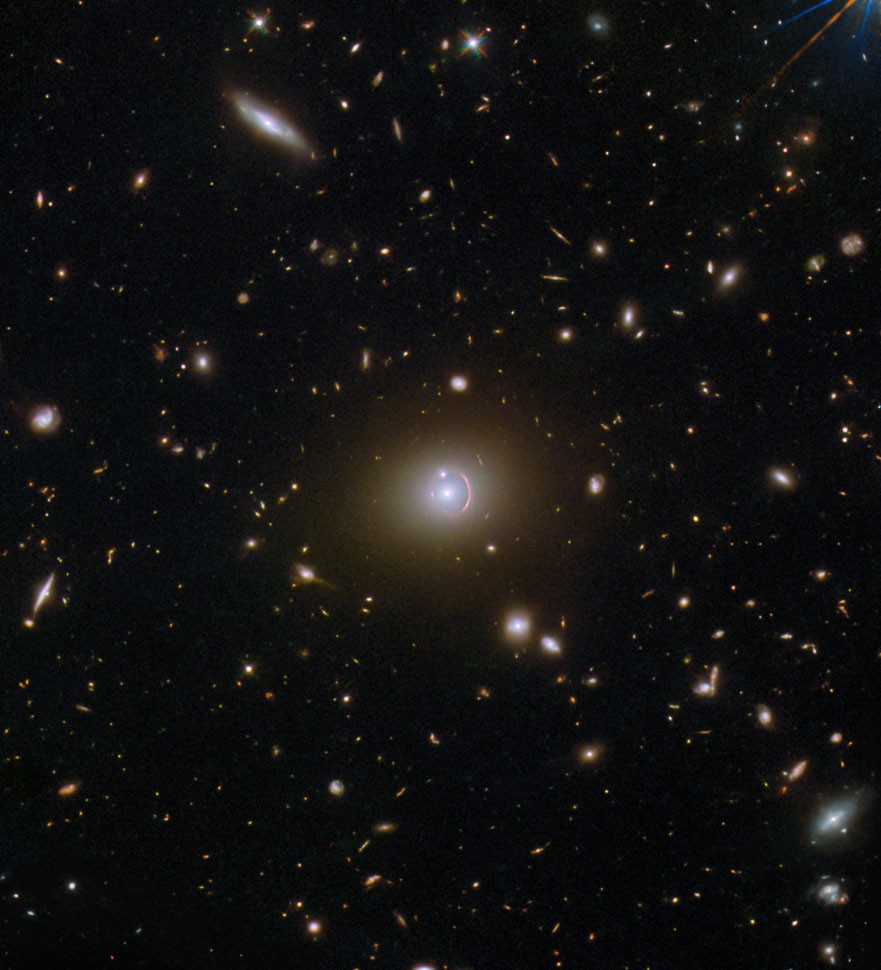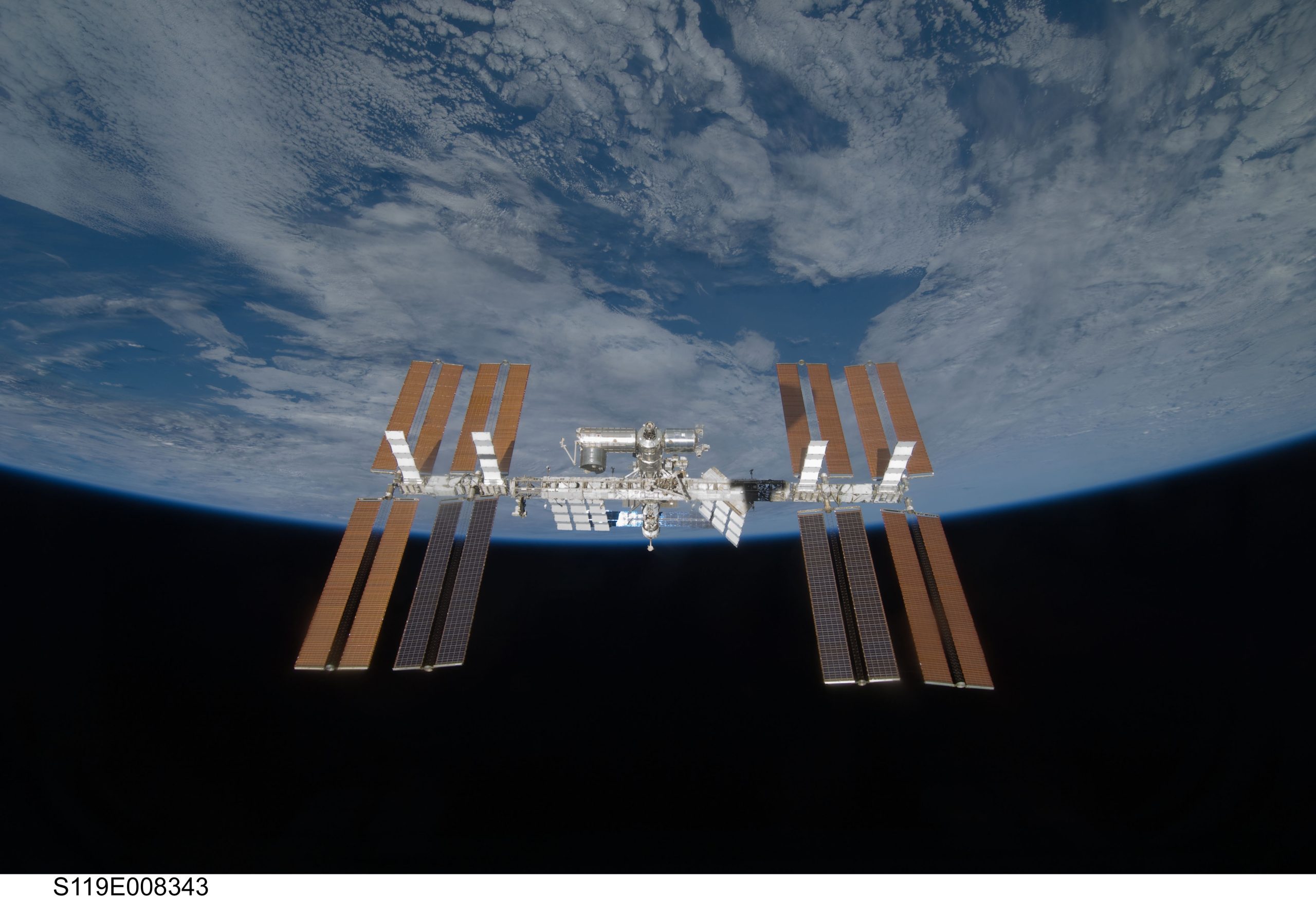Now Reading: Hubble Captures Stunning Galaxies Across the Universe
-
01
Hubble Captures Stunning Galaxies Across the Universe
Hubble Captures Stunning Galaxies Across the Universe

Swift Summary
- NASA’s Hubble Space Telescope captured an Einstein ring produced by the gravitational lensing of distant galaxies.
- The phenomenon shows a clear alignment between three galaxies:
– The distant galaxy, HerS 020941.1+001557, which is now 19.5 billion light-years from Earth but appears as it was around 11 billion years ago during its journey.
– A foreground elliptical galaxy called SDSS J020941.27+001558.4 and its broad haze of stars outward.
– Another intersecting galaxy named SDSS J020941.23+001600.7, which intersects part of the red crescent light created by the distant object.
- The Einstein ring formation illustrates how massive objects bend and magnify light through curved spacetime-a concept described in Einstein’s theory of general relativity.
- A citizen scientist discovered this partial Einstein ring via the SPACE WARPS project that engages volunteers to locate gravitational lenses.
Indian Opinion Analysis
The capture and study of phenomena like Einstein rings hold significant scientific value for humanity,including India’s growing community of astronomers and space scientists. Gravitational lensing not only corroborates established principles like general relativity but also offers opportunities to study extremely distant cosmic objects with greater clarity due to natural magnification effects, aiding in expanding knowledge about early universe growth.
India’s advancements in space research-via major missions like ASTROSAT-align well with such breakthroughs globally and underscore potential collaboration opportunities with agencies like NASA or ESA on astronomical research initiatives involving technologies like advanced telescopes or data sharing projects such as SPACE WARPS.
By encouraging citizen engagement-akin to Hubble’s teaming up with citizen scientists-the model also hints at untapped potential within Indian academia for harnessing public participation in similar explorations back home.Read More

























